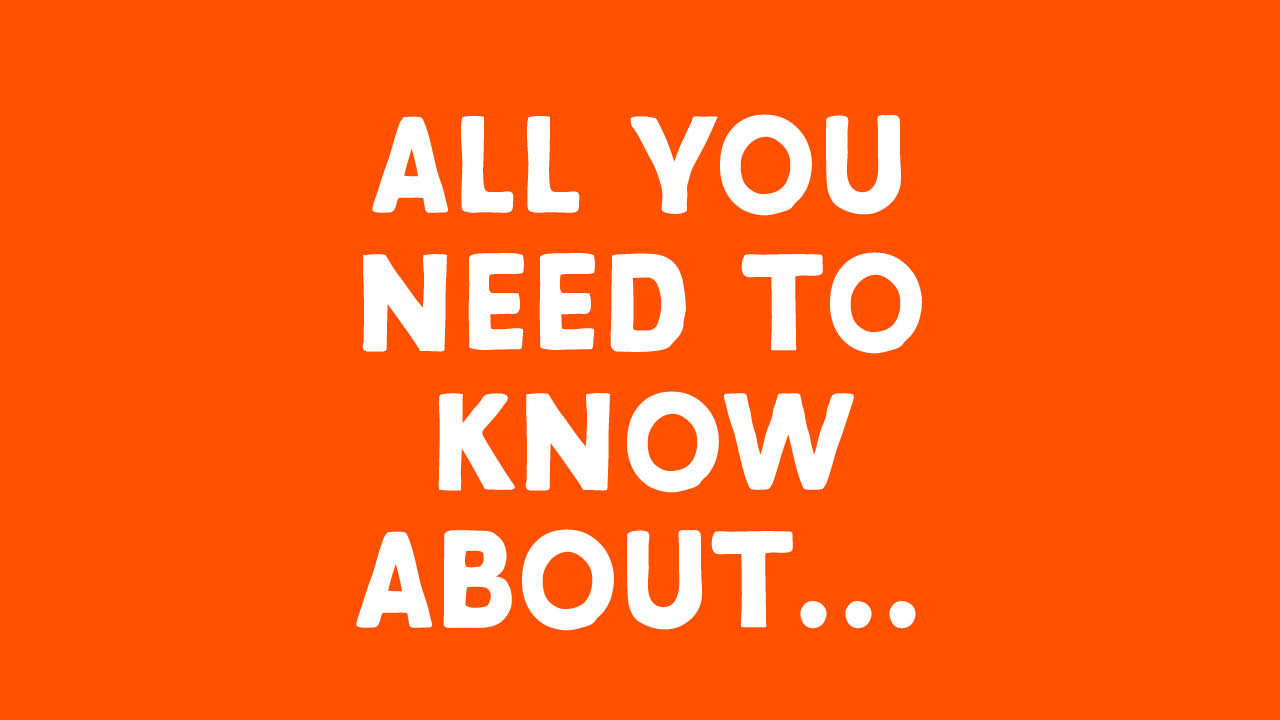Dental care should be a regular part of every pet’s care routine, yet it is often overlooked or forgotten. Looking after your pet’s teeth involves regularly checking their mouth, providing appropriate food and chews to help keep teeth clean, and brushing when possible. These simple steps play a vital role in your pet’s overall health, and without preventative care, food particles and bacteria can stick to your pet’s teeth and form tartar over time. This buildup can lead to dental and gum disease, tooth loss, pain, and persistent bad breath. Dental disease does not only affect the mouth. Bacteria can enter the bloodstream and increase the risk of more serious health issues, including heart disease and lung problems such as pneumonia and bronchitis. In this article, we will focus on ways to support your pet’s dental health.
Keep track of the state of the teeth
The most basic thing any pet owner should do is regularly open their pet’s mouth and check their teeth. This simple habit can help spot potential problems early. Take a good look at all their teeth, including the molars at the back, as these are often overlooked. Check whether there are any rotten or broken teeth and how much plaque is present along the gum line.
Pets often show very subtle symptoms, or no symptoms at all, when they have minor dental issues. Because of this, dental problems can easily go unnoticed if you do not actively look for them. By the time pets start showing symptoms, such as eating less, bad breath, or chewing on one side, dental issues are often already at an advanced stage.
An adult dog has 42 teeth. These consist of 12 incisors, four canines, 16 premolars, and 10 molars. An adult cat has 30 teeth, consisting of 12 incisors, four canines, 10 premolars, and four molars.

How to keep your pet’s teeth clean
Food and treats
Regular chewing plays an important role in maintaining good oral health. Providing your pet with food and treats that are designed for chewing can help reduce plaque buildup on the teeth. Chewing also supports healthy gums and keeps the jaw strong. Always avoid cooked bones, as they can splinter easily and may cause cracked teeth or other injuries.
Toys
There are dental toys available with grooves, rubber knobs, and nylon bristles. While they are not as effective as brushing, these toys can help rub off soft plaque and support overall dental health. They also encourage chewing, which keeps pets mentally engaged and can make dental care feel more like play than a chore.
Brushing
Brush your pet’s teeth in a calm and relaxed setting. Teaching your pet to accept tooth brushing is often a gradual process and should always be done in a positive and force free way. Some pets may only allow you to lift their lip at first, while others may be comfortable with a full brush straight away. Always watch your pet’s body language and go at their pace. If you have a puppy or kitten, it is best to start practising early by gently looking inside their mouth and introducing brushing if you choose to do so.
Before starting, make sure you have all the necessary tools on hand. There are special toothbrushes for dogs and cats that are designed to be easier to manoeuvre inside their mouth. The toothpaste you use should always be made specifically for dogs or cats, as human toothpaste often contains toxic ingredients such as xylitol. Pet toothpaste is also often flavoured, which can help make the experience more pleasant for your pet.
Advice on how often a pet’s teeth should be brushed varies widely. Some professionals recommend brushing twice a day, while others suggest that a few times a week can be sufficient. The most important thing is to settle on a routine that works for both you and your pet and that you can maintain consistently.
If brushing with a toothbrush causes your pet too much stress, you may want to start with alternatives such as dental wipes, soft cloth wipes, or oral sprays and gels. These can be helpful stepping stones while your pet becomes more comfortable with dental care.
Veterinary dental care
If you notice any issues with your pet’s teeth, contact your veterinarian for advice. Most vets are able to provide basic dental care, such as removing plaque and extracting rotten teeth when necessary. More advanced dental treatments, including procedures like root canals or braces, are also possible and are usually carried out by specialised veterinary dentists.
Conclusion
Dental care is an essential part of your pet’s overall care routine and should not be overlooked. Regularly checking your pet’s mouth, encouraging safe chewing, and introducing tooth brushing in a positive and force free way can make a real difference to their long term oral health. Using the right tools and products, and finding a routine that suits both you and your pet, helps prevent plaque buildup and reduces the risk of (painful) dental problems.
Did you know that our pet sitters can brush your dog’s or cat’s teeth if needed? If you would like to know more about our pet sitting, dog walking, pet relocation or dog training services, feel free to contact us. We will be happy to help.

